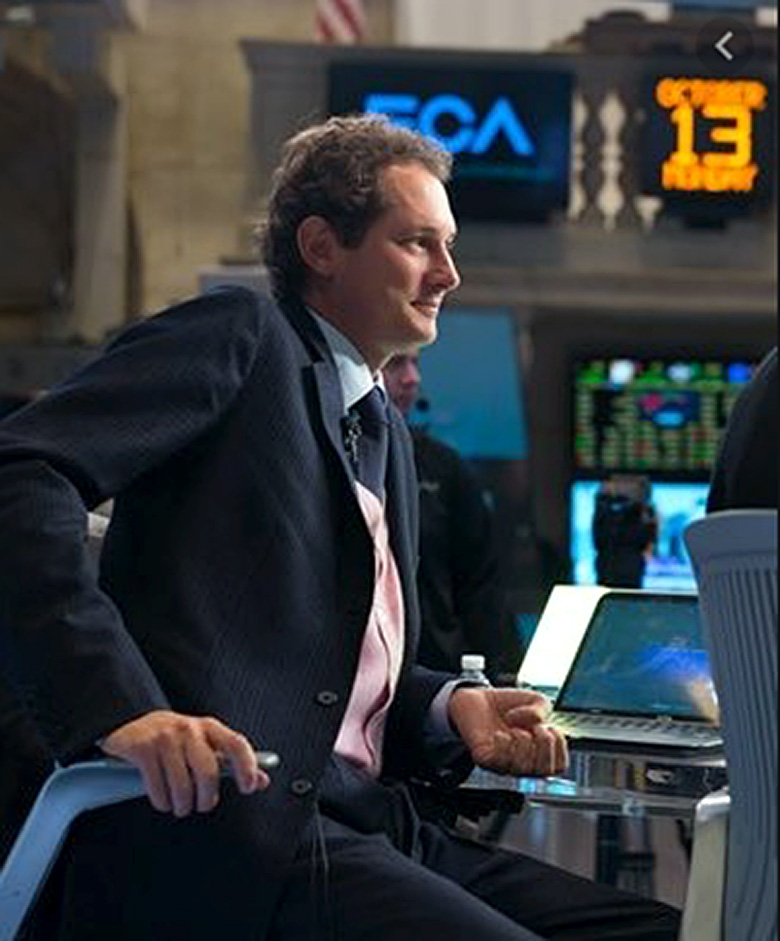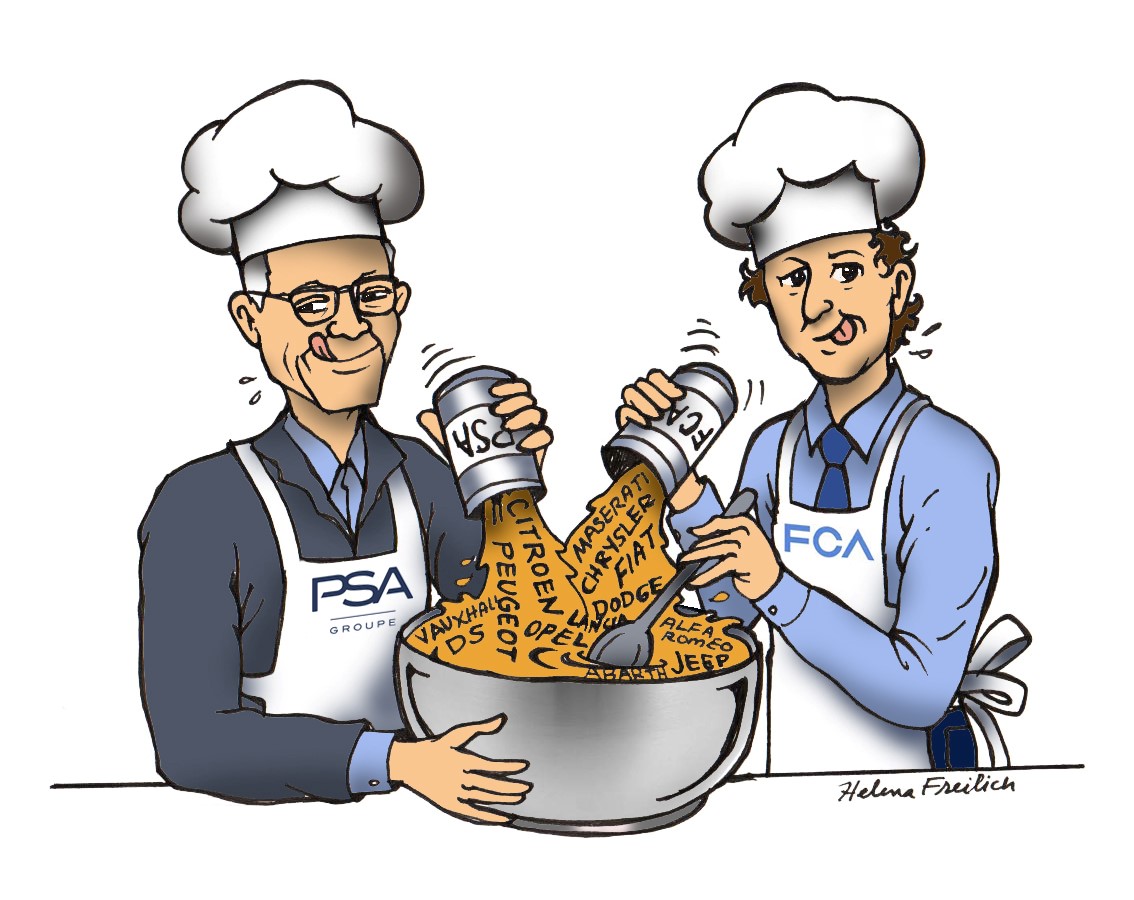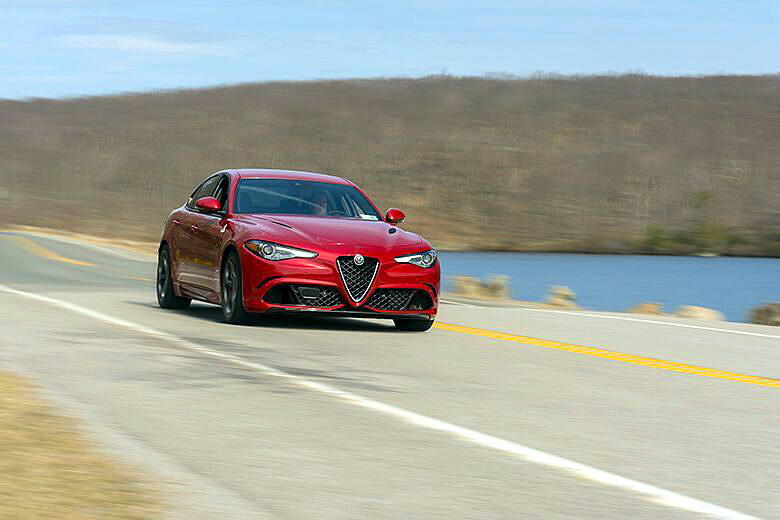Story by Philippe Defechereux
GV edit 1/26
Part 1 ended with how the newly energized Groupe PSA absorbed the two remaining General Motors brands in Europe, Opel and Vauxhall, in 2017 and quickly began to turn them around. The results were so positive when the following year ended that by early 2019, Carlos Tavares felt secure enough to turn his eyes towards America, where no French car company had ever succeeded in establishing a strong and lasting foothold.
Airport Drama
The Groupe PSA CEO must have felt even more confident about his next move given the news that had been splashed over all of the world media beginning since November 18, 2018: the arrest upon arrival at Haneda Airport in Japan, of Carlos Ghosn, his former boss at Renault, with whom he had had a serious and public conflict in 2013. This caused the break that in fact led Carlos Tavares to join PSA Peugeot-Citroën in January of 2014.
Ghosn, who found himself in a Tokyo jail straight after his airport arrest, allegedly had committed serious financial misdeeds as CEO of Nissan. Before the end of the month of his arrest, he had lost his CEO posts at both Nissan and recent new ally Mitsubishi, and by January 23, 2019, he was also stripped of the same title at Renault. With that last blow, former French superhero Carlos Ghosn had finally met his Waterloo.
This development in Japan had an immensely important influence on FCA and its Chairman John Elkann. Indeed, it was well-known in European circles in the summer of 2018 that John Elkann wished to find an appropriate merger partner to seriously strengthen his company, as they had become too small to survive in the fast-changing global arena. And in fact he and Ghosn had had several discussions on the subject. However, the French government, who owns a 15% share of Renault, had serious misgivings about that plan. Now in the spring of 2019, with Ghosn still tightly imprisoned in Tokyo and Renault’s top management in turmoil, was a perfect time for Carlos Tavares to give a call to John Elkann.
A New, Better Deal
The two men soon met and serious discussions went on through summer and early fall. By early December, rumors of a forthcoming merger between FCA and Groupe PSA began to spread in the automotive press on both sides of the Atlantic. And finally, on December 18, 2019, the two companies officially announced they had reached a binding merger deal.

John Elkann – Courtesy Wikipedia Exor S.p.A. at https://www.flickr.com/photos/60966757@N04/15419882669 Wiki Commons license.
Automotive News called it “a deal that will reshape the global industry” and “paves the way for creating the World’s fourth largest automaker.” Also as a result, rival company Renault SA, whose newly-minted CEO, Thierry Bolloré, had made well-publicized, desperate attempts during the year’s summer to win over John Elkann, lost its bid, leaving Renault SA with only an increasingly hostile Nissan as sole partner.
This, while Carlos Ghosn, their former ace leader, still sat in a grim Tokyo jail cell, with no end in sight for his plight. Had this kind of scenario happened to a top German car company, the European media surely would have called it “The twilight of the gods.”
And so, just as the very first quarter of the new decade opened, Groupe PSA and Fiat Chrysler Automobiles were officially pledged to a formal
marriage on a 50/50 basis. However, given that the antitrust regulatory authorities of both the EU and the US must first formally approve the deal, as well as the shareholders of both companies, the actual wedding ceremony cannot take place for an estimated 12 to 15 months. Thankfully, this does not prevent a number of specialized task forces on both sides from spending that period of time working closely together to insure a smooth but forceful take-off once the final green light is lit.
Let us first review the most important quotes from Automotive News, the authoritative industry U.S. publication, then check if the two future partners assess their joint expectations similarly. The publication seems to agree that the aggregate predicted annual savings reaching $4 billion in 2025 by the joined companies seems achievable, principally given the expected synergies in platform and basic product-design sharing and their greatly magnified purchasing scale resulting in much lower costs.
The Caveats
On the uneasy side, Automotive News sees the biggest challenge as excess capacity, a global burden the late Sergio Marchionne surely kept ranting about to anyone who would listen. Wrote the industry publication in late December 2019: “the automakers sold a combined 8.7 million vehicles last year [2018], but have potential manufacturing capacity of 14 million, according to LMC Automotive. The companies have yet to spell out precisely how they plan to tackle potential excess capacity.”
That is correct, and a good portion of that over-capacity stands still in England, a situation much complicated by Brexit. Carlos Tavares, probably conveniently aware that he has one year ahead of him to provide precise answers, had this comment for the press: “At this stage, nothing is decided. We have been evaluating the opportunities.”
Finally, a Wall Street analyst, Jürgen Pieper, pointed out on Bloomberg Television shortly after the merger announcement: “The combined business will still lack ‘very good premium brands’ as well as ‘a good position in China.” Certainly true as seen from New York then, but Mr. Pieper may not have been aware of the DS brand (see Part 1), while Alfa Romeo is a near-premium brand already and can be upgraded to full status relatively quickly; the same can be said for Maserati, especially when both brands get the famous “performance psychopath” treatment from Carlos Tavares.
The China Card
As to China, we now know for sure that this year the big Asian rising power is running out of breath and facing its first economic downturn in a decade or more. The Chinese car market is a telling indicator. In 2019, passenger sales in China were down 9.6% to 21.4 million units. This compares to 14.7 million units in the U.S. market, down less than 1% versus 2018.
However long the Chinese economic slowdown lasts, according to the merger agreement, Groupe PSA’s long-time Chinese partner Dongfeng Motor agreed to keep a 4.5% stake in the combined company, down from 12% with PSA alone. The foothold in China is small but solid. At any rate, for now the future PSA-FCA group – a new name for the joint entity will be chosen and announced later this year – has much bigger fish to fry on both sides of the Atlantic.
How does the PSA-FCA vision match the industry experts’ views?
Now, indeed is the right time to compare the professionals’ views to the clear vision, including the challenges that need tackling, expressed jointly by PSA-FCA.
Their respective websites publish an elaborate PowerPoint presentation covering all aspects of the merger from its complex ownership structure to both separate and joint financials, global strengths and issues, as well as future CO2 emission reduction and electrification plans. Here are the essentials for the reader. Note: all figures below are in U.S. dollars, using the Euro exchange rate of 1.10 per dollar, which was the fair average during the period covered by the presentation.
Ultra-Sound Finances
At inception, even before the eventual annual synergies of $4 billion stated earlier, the combined company showed healthy margins in Europe as well as North and South America, along with a solid balance sheet.
Based on 2018 combined sales of 8,7 million vehicles, the two groups together generated $186 billion of net revenues, returning $12.3 billion in operating profits, meaning a healthy operating margin of 6.6%. In addition, by the end of June 2019, the two groups held an impressive aggregated total available liquidity of $46.4 billion.
Conclusion: the merged entity will start from a very strong financial basis and the industry press agrees. The same is true about the combined management team, as discussed in Part 1.
Where in the World?
FCA factories and assembly plants are spread around the world. They are spread on four continents, whereas Groupe PSA’s plants are concentrated in Europe. This is a precious dowry the Italian-American partner brings to the wedding.
Geographically, the two engaged partners also complement each-other almost ideally. Groupe PSA is strongest in Europe (88% of its global revenues) but absent in North America, while FCA is strongest in the latter (66% of global revenues), but only 21% in Europe. Both have a solid presence in Latin America, but FCA is strongest in Brazil and Mexico, while Groupe PSA is strongest in Argentina.
Conclusion: together they can increase their pace of growth and decrease their cost base in the three biggest markets south of the Rio Grande with a much-accelerated pace.


